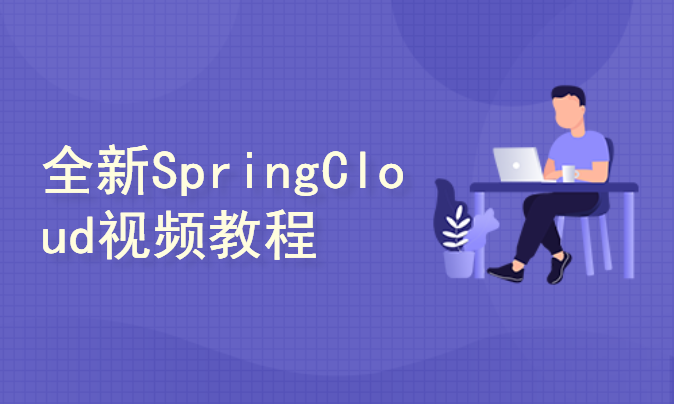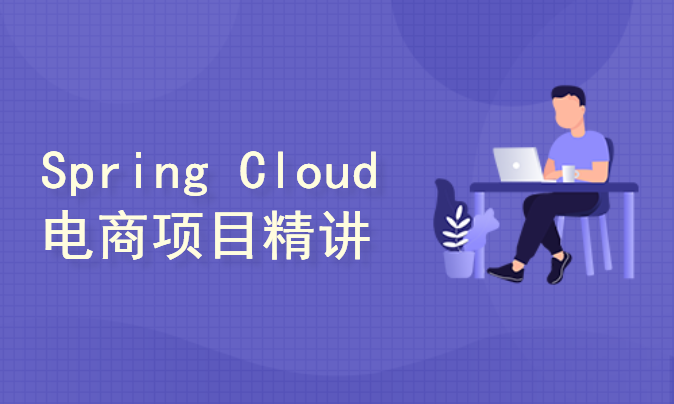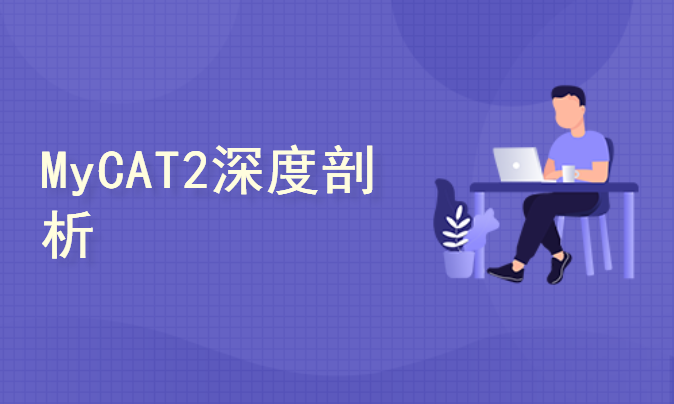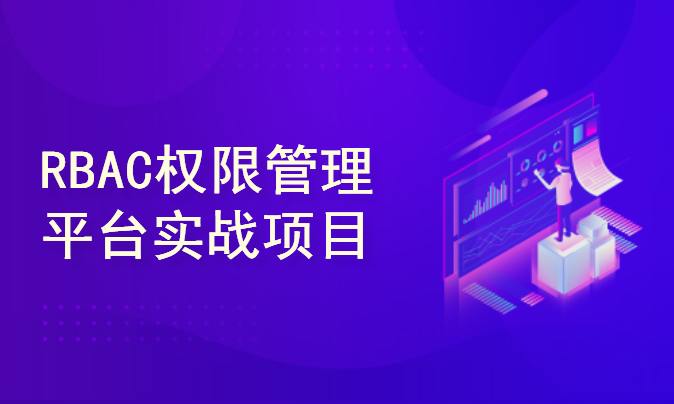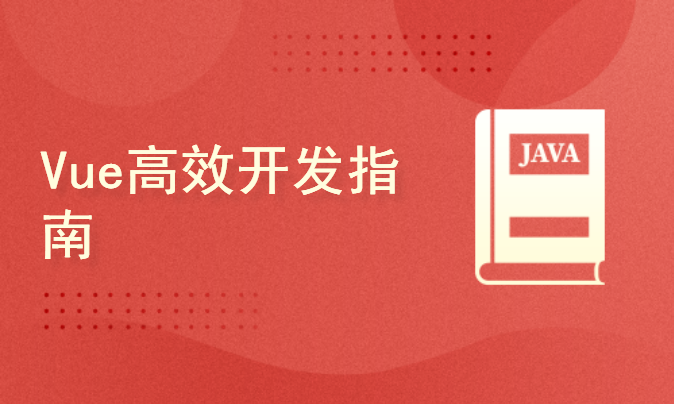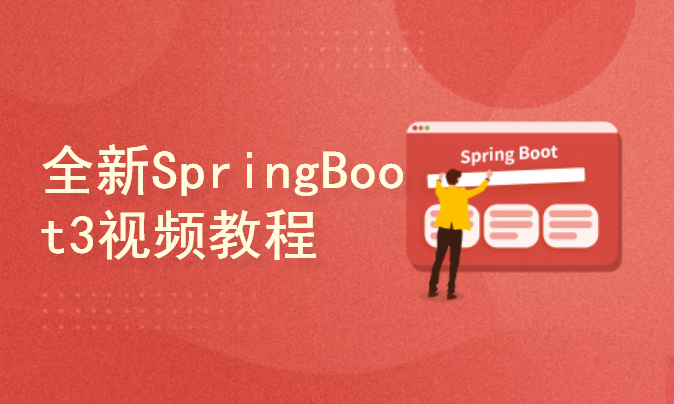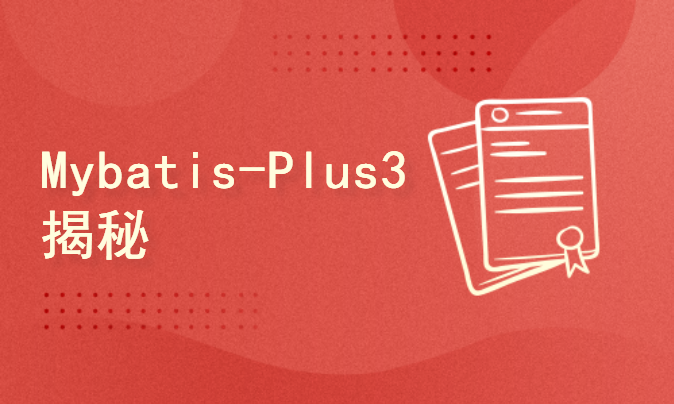02 MybatisPlus Overview
Getting Started with MyBatis Plus : Introduces the basic concept, features and advantages of MyBatis Plus, and how to quickly integrate it into the project. CRUD Operation Details : Explain in detail the CRUD operation methods and techniques provided by MyBatis Plus, including query, insert, update and delete. Advanced function exploration : Introduce the advanced functions of MyBatis Plus, such as condition constructor, paging plug-in, performance analysis, etc., to help students make better use of MyBatis Plus to improve development efficiency. Practice sharing : Share some practices and optimization methods in the process of using MyBatis Plus to help students avoid common errors and improve code quality. Practical project drill : Through practical projects, students can operate MyBatis Plus by hand to deepen their understanding and mastery of the knowledge they have learned.
Solid basic knowledge : Before learning MyBatis Plus, it is recommended to master the basic knowledge of Java and database so as to better understand and apply MyBatis Plus. Be diligent in practice Theory learning is the foundation, but practice is the only criterion to test the truth. It is recommended that students write more code and operate more databases during the learning process to deepen their understanding and application ability of MyBatis Plus. Attention to detail : MyBatis Plus simplifies the development process, but there are still many details to pay attention to. It is recommended that students pay attention to details in the learning process to avoid small mistakes affecting the progress and quality of the whole project. Actively participate in the discussion : When encountering problems in the learning process, you can communicate with other students or lecturers through online Q&A and discussion area to jointly solve problems and share experience.
-
one Try 01 Course overview 02:03 -
two Try 02 MybatisPlus Overview 04:36 -
three Try Getting Started with 03 MybatisPlus 18:35 -
four 04 Description of plug-in generated code 05:05 -
five Basic addition, deletion and modification of 05 MybatisPlus 17:56 -
six 06 MybatisPlus Single Table Query-1 12:56 -
seven 07-MybatisPlus Single Table Query-2 11:11 -
eight 08 MybatisPlus Pagination Query 05:52 -
nine 09 LambdaQuery of MybatisPlus conditional construction 07:05 -
ten 10 MyBatisPlus Primary Key Growth Strategy 09:20
